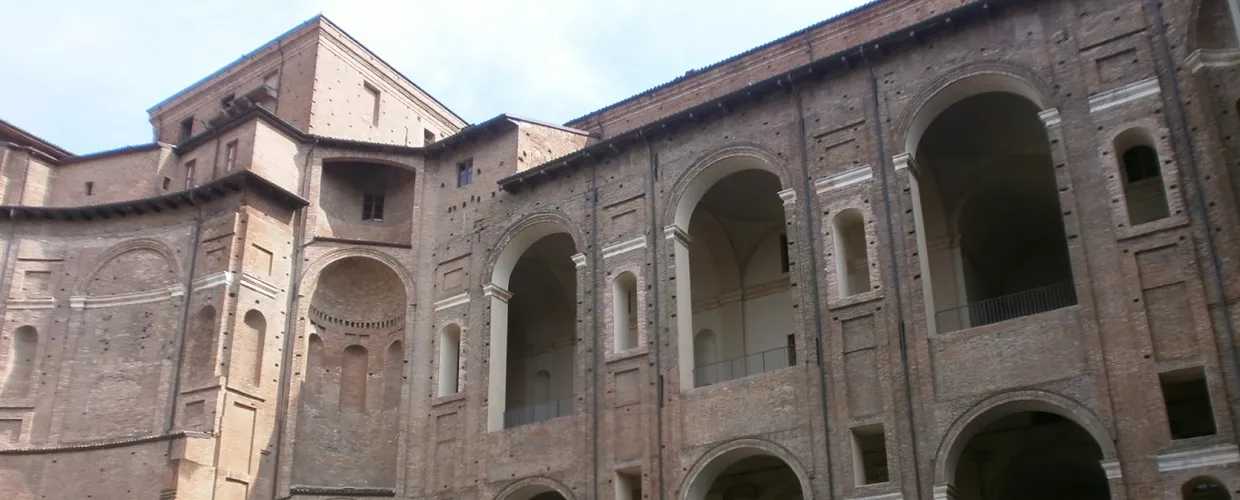

Overview
There can be no doubt about it: Palazzo Farnese is massive from the outside. But on entering the courtyard, the imposing volume of the building makes way for a series of archways, porticoes and superimpositions that lighten the effect of this massive structure. You can see here the hand of a great architect, Jacopo Barozzi or "Il Vignola", who worked to give the Farnese family, among many other buildings, an even more remarkable palace in the family seat at Caprarola. Despite all this elegance, the Piacenza palace cannot be considered to be complete. A model on display at the Civic Museum of Villa Farnese shows us what the interior of the building was intended to look like. Nor can it be considered lucky, because around 1730 the Farnese duchy of Parma and Piacenza passed to the Bourbons of Spain, who soon after became the rulers of the Two Sicilies, whereupon all the fine furnishings and artworks were transferred permanently to Naples. It was left to the citizens of Piacenza, albeit two centuries later, to restore the dignity and accessibility of the building.
Behind the main body, one can recognise the surviving part of the 14th-century Cittadella Viscontea, to which Palazzo Farnese now appears to be substantially an extension. Not by Vignola, but equally remarkable, is the late 16th-century octagonal ducal chapel on the first floor.